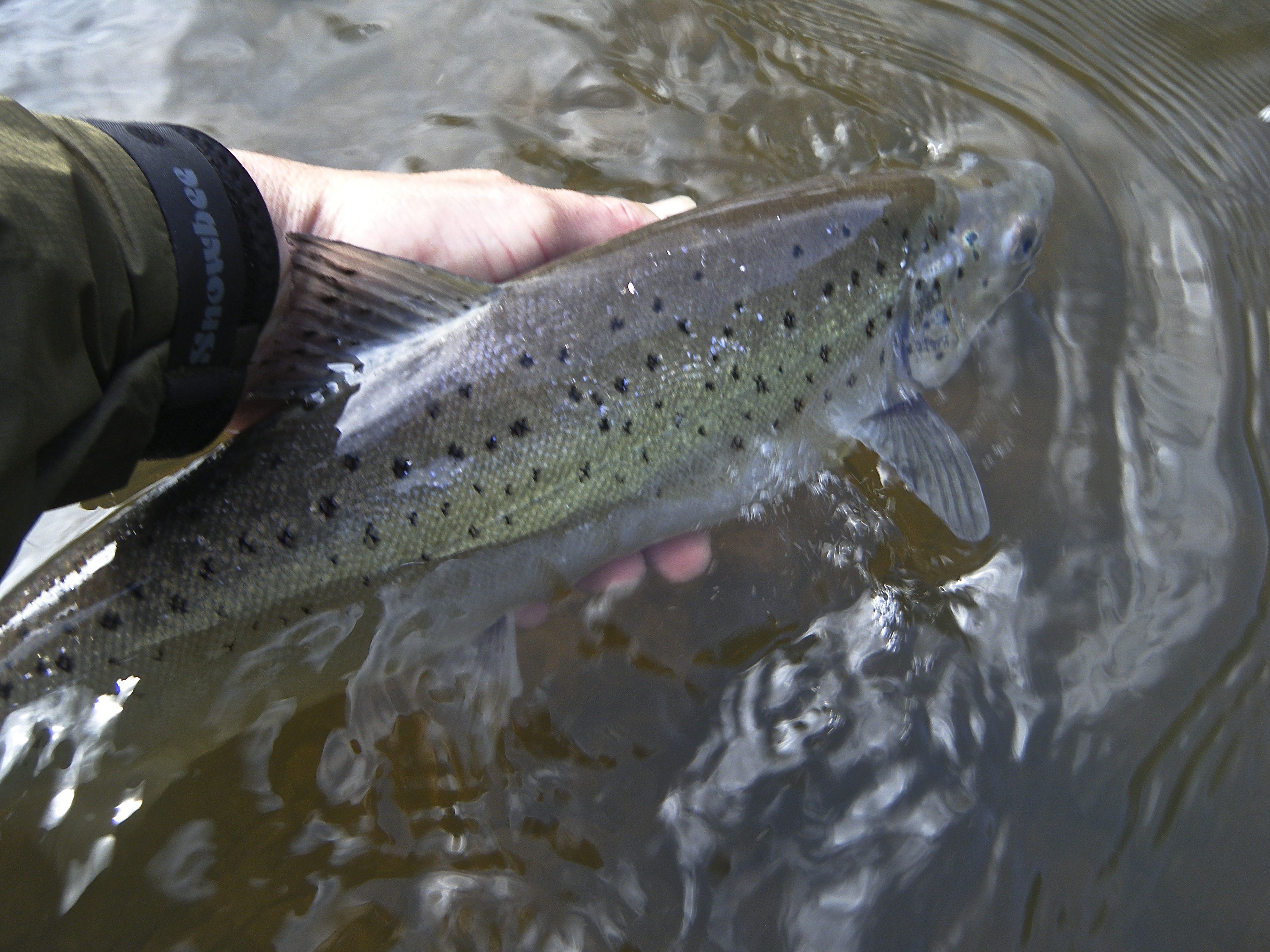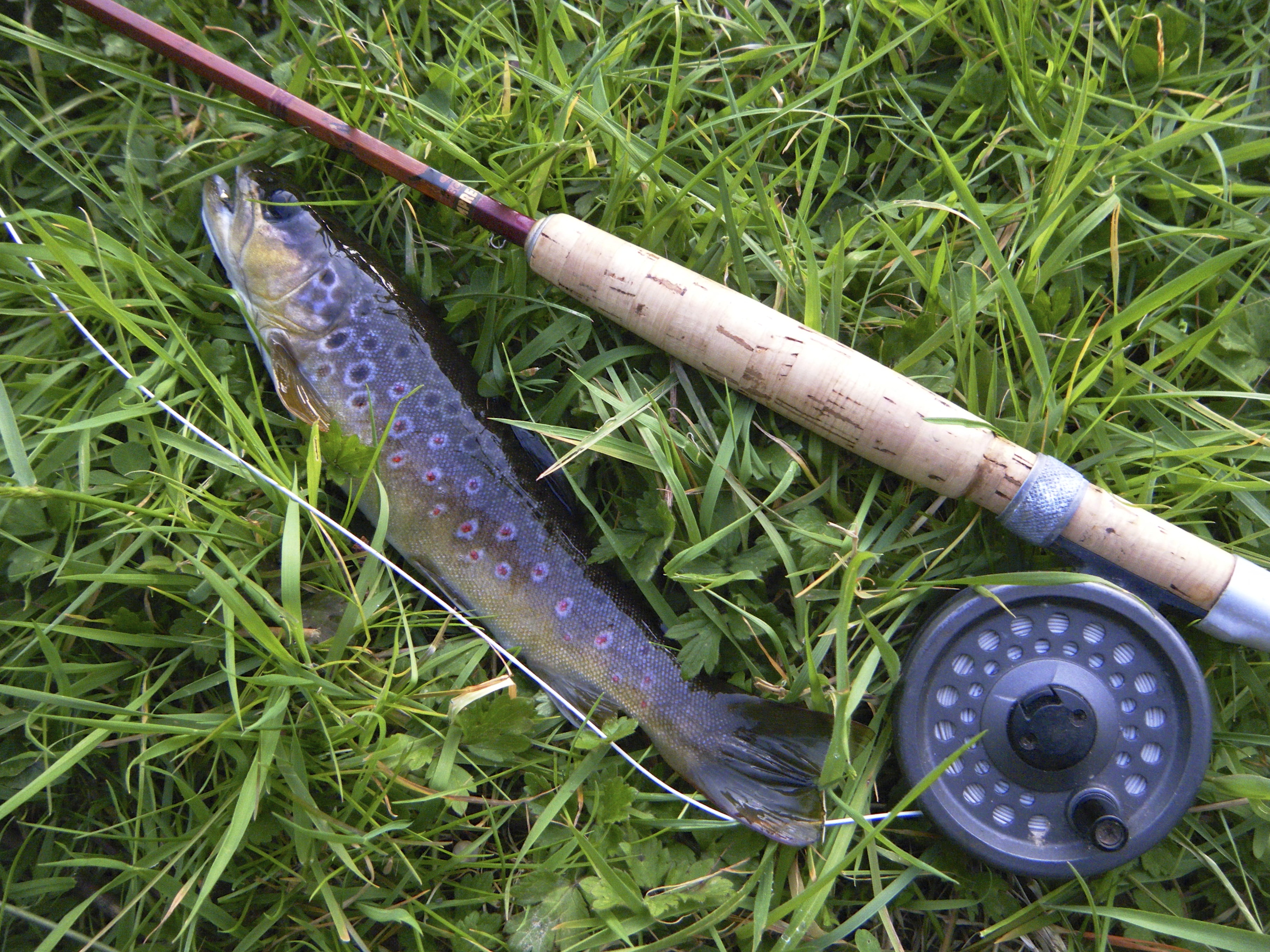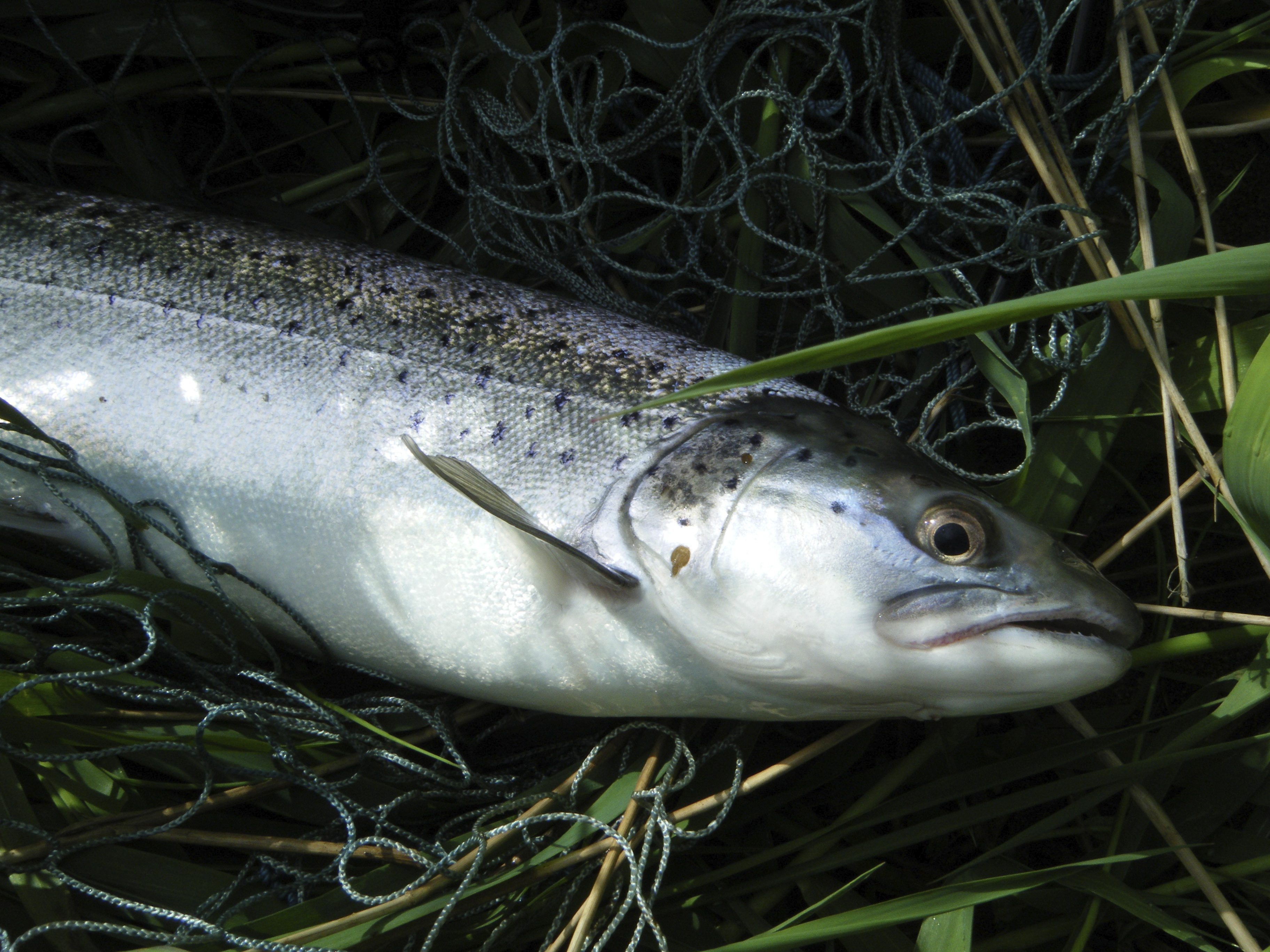RIVER TAW FISHERIES AGM
The River Taw Fisheries Association held their Annual General Meeting at High Bullen Hotel on Friday March 22ndand a good number of the 165 members were in attendance.
The membership overwhelmingly endorsed the RTFA’s new constitution with the removal of the two tier membership resulting in one membership type of full member at an annual subscription of £25.00.
Secretary George Marsh stepped down after giving several years of Stirling service and was presented with a gift in appreciation by RFTA Chairman Alex Gibson. Ian Blewett steps into the role and will I feel sure continue with George Marsh’s excellent work.
Representation of the rivers angling stakeholders is well represented with landowners, salmon anglers, wild brown trout fishers and important fishing hotels all key ingredients.
Reflecting upon the 2018 season was considered a depressing task with the beast from the East blighting the first month, followed by raging spates that then saw the onset of the worst drought since the summer of 1976. With fishing condensed into no more than a month it is no surprise that catches were very poor. Estimates appear to indicate a catch of between 50 and 70 salmon and 45 to 70 sea trout. The nets took 35 salmon and 23 sea trout. The removal of all netting should in theory ensure more salmon make it into the river where they will hopefully spawn successfully. Brown trout fishing was good despite the poor conditions with around 2000 recorded.
Alex Gibson and Paul Carter both stressed the importance of good practice regarding catch and release. The importance of carrying a suitable landing net and keeping salmon in the water is essential to ensure a high survival rate.

The RFTA is contributing to funding for the West Country Rivers Trust to undertake river improvement work including gravel washing. Investing in habitat improvement is vital with many issues impacting upon salmon and sea trout including, farming practices, Climate change, pollution from sewage works, reduced water flows and predation amongst just a few.
One concern shared by many in the RFTA is the lack of young anglers fishing on the rivers. The RFTA urges its members to introduce young anglers to the sport of Fly Fishing and actively promotes upcoming events at Blakewell Fishery.
Paul Carter urged anglers to report any pollution incidents or netting via the EA hotline – 0800 60 70 80. Trash dams have proven to be a serious issue on the Upper reaches of the Taw and its tributaries and it is imperative that landowners and anglers keep an eye open for any potential blockage to upstream migration.

Dr Andrew King gave a fascinating talk on the Population Genetics of Brown Trout and Sea Trout (Salmo trutta) in southern Britain. Whilst I have to confess that the in depth analysis and statistics left me slightly baffled it also opened my mind to the vast complexities of sea trout and brown trout.
Brown trout and sea trout are one and the same species with some trout opting to go to sea to feed. The studies carried out by Andrew on the genetics of trout focussed upon the rivers of the South West and in particular South Cornwall. This immediately struck a chord with me as I know many of these small rivers from visits to Cornwall over several decades. In particular the Polperro stream that I have walked beside on numerous occasions often punctuated by gaps of several years. As a teenager I glimpsed the trout as I walked down the street with my parents far more interested in the river than the quaint Cornish cottages and shops. Only last year I walked the street with my wife Pauline and again it was those spirited spotted brown trout that caught my eye. Still surviving in that tumbling brook running beside the tourist thronged streets that also lead to the bustling harbour.
The life of the sea trout is certainly complex as is nature once you start to delve into the amazingly interdependent jigsaw. Whilst it is generally considered that sea trout return to the river of their birth this is not always so. Returning sea trout will sometimes stray into different rivers and this it would appear keeps the stocks healthy reducing interbreeding within the rivers.
Navigation is of course one of those remarkable facts that we all ponder upon. It is generally accepted that salmon and sea trout find the river of their birth by utilising their sense of smell and perhaps the magnetic fields of the earth. This is truly remarkable if you give it a moment’s thought. I sometimes struggle to find our car in the Tesco car park after half an hours shopping! These fish find a stream or river flowing after a year or more swimming in a vast ocean.
I asked the question at the end of the talk as to why sea trout stocks seem to be declining at a faster rate than salmon? The most likely reason would appear to be a lack of food at sea due to mankind’s over harvesting of the sea in particular sandeel.
There is also the fact that not all brown trout get the urge to migrate out to sea and this could be linked to the health of the river. If the river is healthy and full of life then there may not be a need to go to sea to supplement the diet? How the sea trout work this out I have no idea. And it would also appear that around 85% of the brown trout that develop into smolts are female with most males deciding to remain in the river system.
To sum it all up sea trout and brown trout are complex creatures that deserve to be treated with respect. As anglers who delight in casting a line for these fish we owe it to the fish to do all we can to preserve the delicate environment in which they live. Whilst there are those who see angling as cruel there is no doubt that there is no group of people more passionate for the survival of salmon and sea trout than those who yearn to be connected briefly via a rod and line.



